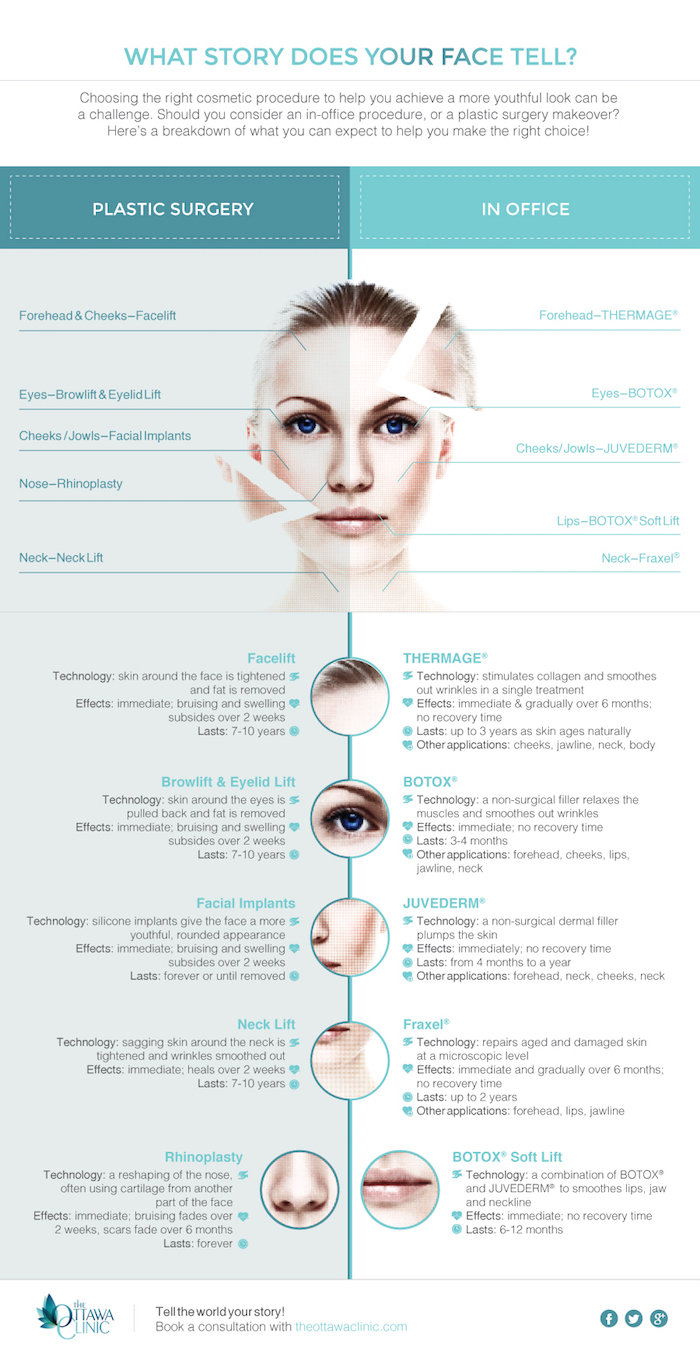Does Shaving Worsen Acne
Does Shaving Worsen Acne
Blog Article
Acne Treatment - What Are AHAs in Acne Therapy?
AHAs are an essential component for unclogging pore blockages and brightening acne-prone skin. They work by breaking down dead skin cell accumulation to advertise more recent, fresher cells, and stopping future blockages.
Creating topical AHAs demands precise interest to different vital factors that considerably affect their efficiency and tolerability. Maintaining the optimal pH variety, together with lorry selection and concentration, enhances their exfoliative qualities while minimizing potential adverse reactions.
Glycolic acid
Glycolic acid is understood for its moderate yet reliable scrubing properties, which promote skin's natural dropping and loosen up the "adhesive" that holds dead cells externally of the skin. This aids unblock pores and decrease the look of fine lines and wrinkles, as well as improve overall skin structure and tone.
Remarkably, topical glycolic acid has actually likewise been revealed to promote the manufacturing of collagen, which is important in keeping skin's suppleness and flexibility. It is important to note, however, that because glycolic acid can stimulate the skin's sensitivity to sunlight, it is necessary to use sunscreen when using any products containing this ingredient.
Dermatologists pay careful attention to the formulation of items having AHAs in order to maximize their efficiency and tolerability. Creating AHAs with the ideal lorry, in addition to pH and focus factors to consider, enables ideal skin penetration while reducing potential adverse reactions. This is particularly crucial for people with delicate skin, given that AHAs are understood to be slightly annoying.
Lactic acid
Lactic acid is discovered in numerous over-the-counter skin care items and some more powerful specialist peels and therapies. It has the most affordable molecular weight of all the AHAs and is able to penetrate deeper right into the skin, where it is extra efficient at unclogging pores and exfoliating.
Like glycolic acid, it also stimulates collagen synthesis, which aids lessen great lines and wrinkles and improve skin texture. In addition, it has moisture-retention buildings, that makes it better for drier skin types than other AHAs.
The considerable body of scientific information validating the efficacy of topical AHAs sustains their utility in a wide range of skin-related conditions and aesthetic concerns. These consist of complex skin renewal procedures, depletion of fine lines and wrinkles, lightening of hyperpigmentation, healing intervention for actinic keratosis, and acne management [2] Maximizing the formula of AHAs by balancing pH, focus, and automobile choice further boosts their restorative potential. These mindful factors to consider enable dermatologists to supply risk-free and effective therapies that supply superior professional results.
Mandelic acid
Mandelic acid, derived from almonds, is an additional botox cosmetic member of the AHA family members and is a prominent ingredient in items that assist treat acne. Its bigger molecular size suggests it permeates the skin much more gradually and carefully, which can reduce the possibility for inflammation. It's also much less likely to activate redness and various other skin sensitivity concerns, making it appropriate for sensitive skin kinds.
Mandelic Acid is thought to help in reducing inflammation and increase hydration. It works by loosening up the bonds between dead skin cells, permitting them to drop and disclose fresher-looking skin. It likewise helps in reducing the appearance of bigger pores.
Developing topical products with AHAs needs a precise equilibrium of key aspects that considerably influence their efficacy and tolerability. Specifically, the pH of an AHA formula has actually been shown to play an essential function in its capacity to promote peeling and enhance complexion and texture. Accomplishing this optimum concentration is a tough goal and calls for meticulous focus to the various aspects that impact the formula procedure.
Citric acid
Citric acid, found in citrus fruits such as oranges and lemons, is a light AHA. It's less annoying than glycolic or lactic acid, making it more suitable for sensitive skin. It additionally has astringent residential or commercial properties, aiding to dry out excess oil.
Like various other AHAs, citric acid can be made use of in chemical peels and everyday active/maintenance therapies to exfoliate the skin and promote cell turn over. It can help reduce the appearance of dark places and hyperpigmentation, as well as great face lines.
It can also boost the synthesis of glycosaminoglycans, which play an important function in reinforcing the skin barrier function. This aids to avert trans-epidermal water loss, and preserve optimum hydration levels in the skin [35]
AHAs can be integrated with calming ingredients such as ceramides or hyaluronic acid to enhance their tolerability. They can be included right into daily active/maintenance skin care via cream or lotion solutions. This allows specialists to customize their AHA therapies based on individual demands and preferences, with the flexibility of selecting from various treatment intensities or focus.